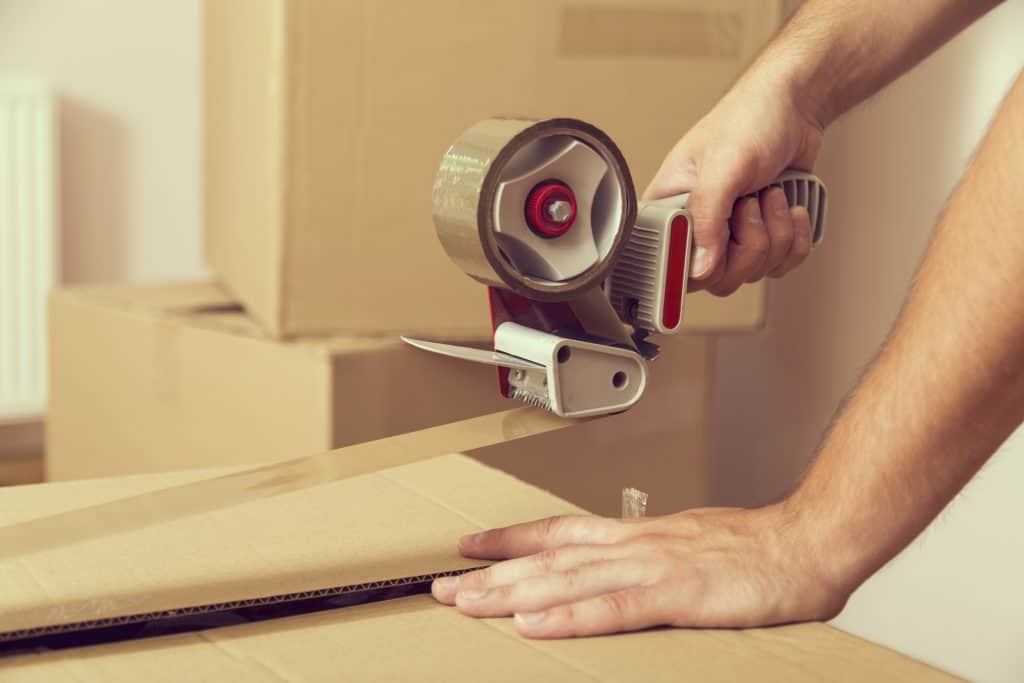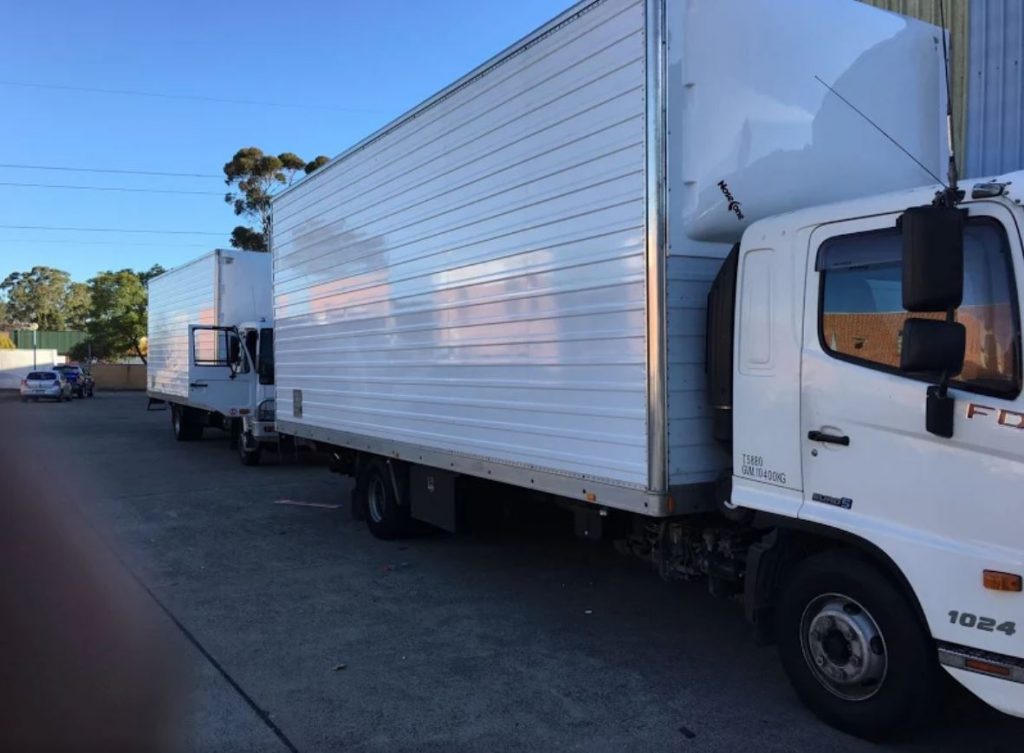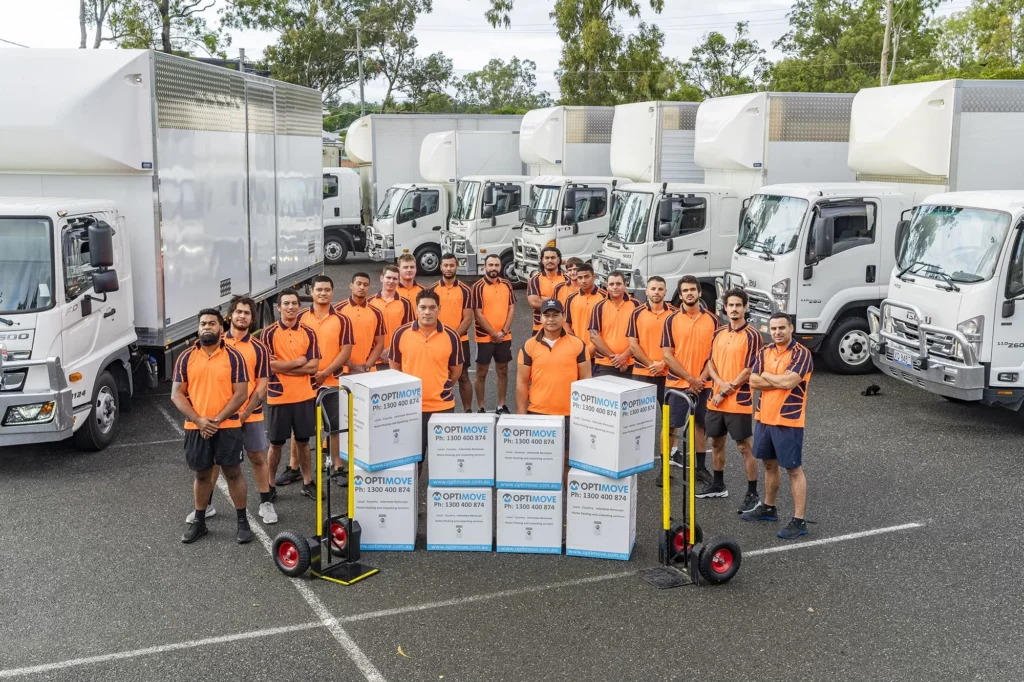Preparing for Weather Challenges When Moving in Brisbane

Moving to a new city can be exciting but comes with unique challenges. When moving in Brisbane, the weather is one of the biggest challenges to prepare for. Brisbane has a subtropical climate, which means hot and humid summers, frequent storms, and occasional extreme weather events. This article will discuss tips for preparing for weather challenges when moving in Brisbane and protecting your belongings from severe weather and flood waters.
Understanding Brisbane’s Weather
Before we dive into tips for protecting your belongings, it’s important to understand Brisbane’s weather patterns. Brisbane has a subtropical climate, which means warm to hot summers and mild winters. The city experiences high humidity year-round, which can make the heat more intense. In addition, Brisbane is prone to frequent storms and occasional extreme weather events such as floods and cyclones.
How Severe Weather Can Affect a Move
When moving to Brisbane, preparing for the unique climate is important. Extreme heat and humidity can cause damage to electronics and furniture if they’re not properly protected. In addition, storms and flooding can cause further damage if belongings are not packed carefully. For these reasons, you must protect your belongings from the elements when moving to Brisbane by having an emergency kit ready during severe storms or high winds.
Tips for Protecting Belongings from Heat and Humidity
Plan your move during the cooler months.
Plan your move during the year’s cooler months. From December to February, Brisbane’s peak summer season can be particularly hot and humid in a bushfire-prone area. This makes it challenging to keep your belongings in good condition during transportation. Moving during the cooler months, such as from May to September, can help Brisbane residents reduce the risk of heat and humidity damage to their belongings.
Use climate-controlled storage.
Consider using climate-controlled storage options when packing your belongings. This type of storage provides temperature and humidity control, ensuring that your items remain in a stable environment during transportation. This can be particularly important for sensitive electronics, musical instruments, and antiques.
Protect electronics with anti-static bags and bubble wrap.
Electronics are susceptible to heat and humidity. To protect them during the move, use anti-static bags and bubble wrap to prevent static buildup and moisture damage. These materials can help cushion your electronics and to avoid damage from shock, moisture, or temperature changes.
Pack with the weather in mind.
When packing your belongings, it’s important to keep the weather conditions in mind. Avoid packing items too tightly, as this can cause items to become compressed and potentially damaged during transportation. Use heavy-duty boxes and containers to protect your items from damage during severe weather season. Use packing materials such as newspaper, peanuts, or bubble wrap to cushion your belongings and provide extra protection in the event of a severe storm.
Use vacuum-sealed bags for clothing and linens.
Vacuum-sealed bags can be a great option for packing clothing and linens. These bags can help protect your items from moisture and humidity while reducing the space they take up during transportation. Pack your items into the bags and use a vacuum cleaner to remove the air, creating a tight seal that helps keep your things safe and compact.
Use weatherproof covers for furniture and appliances.
Furniture and appliances can be susceptible to heat, humidity, and moisture damage. To protect your items during the move, use waterproof or weatherproof covers to protect them from potential damage during natural disasters. These covers will help keep your belongings dry while they’re in transit, reducing the risk of damage from moisture or humidity.
Invest in a portable dehumidifier.
Using a portable dehumidifier is a great way to reduce the risk of damage from humidity during the move. This device can help keep your essential items dry and moisture-free, preventing mould and mildew buildup after summer storms or a weather event. This could also be beneficial after you arrive at your new home, as it can help control the humidity levels in your space and keep glass windows from fogging.
Tips for Protecting Belongings from Extreme Weather
Know the forecast and plan accordingly.
Before your move, check the weather forecast for your area. If there is a chance of thunderstorms or flash flooding, consider delaying your move until the weather event has passed. Additionally, if heavy rain is predicted, ensure you have an alternate plan.
Pack items correctly and use waterproof containers.
When packing your belongings, use waterproof boxes or containers to protect them from water damage. Additionally, ensure all items are securely packed and taped shut so they don’t get wet during the move. Pay special attention to fragile items such as electronics and glassware, as these will be particularly susceptible to water damage.
Use a truck with high-ground clearance.
Using a vehicle with high ground clearance can help protect your belongings from flooding or standing water. This will help ensure your items remain safe and dry during the move, even if the roads are flooded or muddy. Additionally, checking the forecast beforehand is important and avoid driving through flooded roads or standing water if possible. This will also help you prepare supplies for your household members such as a battery-powered radio, first aid kit, fresh water, and an emergency plan for the family.
Invest in waterproof tarps.
Waterproof tarps are an excellent way to protect your belongings from rain and flooding during the move. These tarps can help keep your items dry while providing extra protection against potential damage. Cover all your belongings with the tarp and secure it to ensure everything stays dry during the move.
Keep important documents safe from heavy rain.
When moving to Brisbane, keeping important documents safe from water damage is important. Ensure you store all of your essential paperwork in a waterproof container or an airtight bag to remain dry and secure during the move. If your electronic equipment becomes wet and you lose access to your files, creating a backup copy is a good idea.
Hire professional movers.
Hiring professional movers can be a great way to ensure that your belongings are safely transported during a severe weather event. These professionals are experienced in dealing with severe weather warnings like high winds, flash flooding, and slippery surfaces. They can help protect your items from potential damage. They may also provide additional services such as packing and unpacking, which can reduce your stress during the move.
Use climate-controlled storage.
Using climate-controlled storage can be a great way to protect your items from the elements during the move. This type of storage facility is designed to maintain a specific temperature and humidity level, which can help keep your belongings in good condition while in storage. Some facilities also offer additional services, such as insurance and packing materials, so you can be sure your items are secure.
Conclusion
Moving to Brisbane can present some unique weather-related challenges, but there are plenty of ways to keep your belongings safe and dry. Planning and preparing for potential weather issues can protect your items from damage and ensure a smooth transition into your new home. The above tips can help you navigate the challenges of moving to Brisbane and keep your belongings safe.
Hire Optimove for a stress-free move, and let us take care of the hard work. We offer excellent services to ensure your items arrive safely, regardless of weather conditions. Contact us today to learn more about our moving services in Brisbane!



































